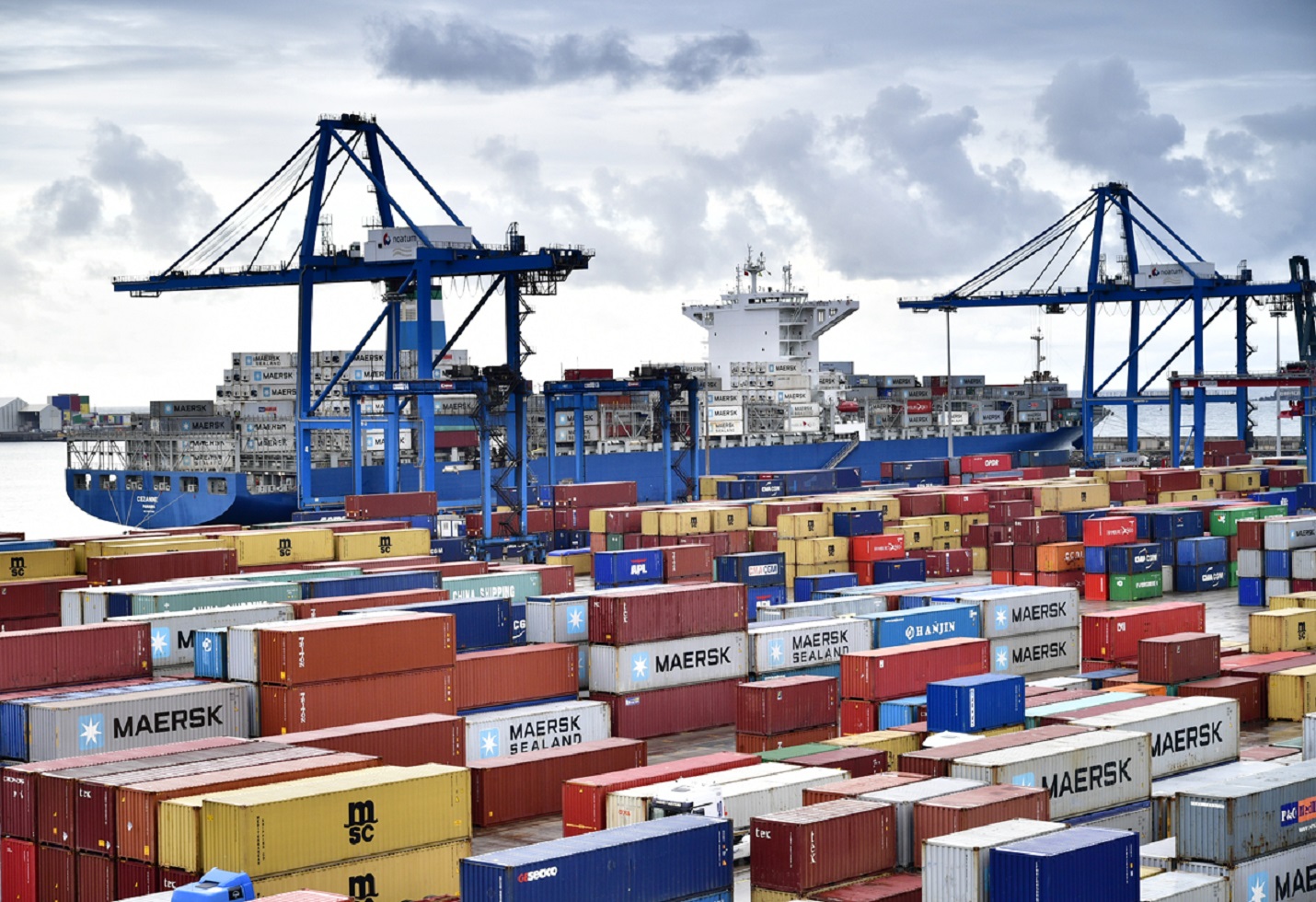Strategic Expansion: Trident Plans 14,470 Mn CAPEX by March 2024
Company Name: Trident Ltd | NSE Code: TRIDENT | BSE Code: 521064 | 52 Week high/low: 43.8/25 | CMP: INR 36.2 | Mcap: INR 18,427 Cr | PE: 40.4
Company Overview:
Trident Ltd is a textile company engaged in the manufacturing, trading, and selling of textile products such as yarn, terry towels, and bed sheets. Additionally, the company also manufactures paper and chemicals. It operates in three revenue segments: Bath & Bed Linen, Yarn, and Paper. With a presence in 150+ countries globally and a workforce of 13,000+, Trident Ltd is a prominent player in the industry.
Robust Revenue Growth Driven by Increased Demand
In Q2FY24, the company experienced a significant revenue growth of 24.1% YoY (+20.06% QoQ), reaching 1,761 Cr. This surge was attributed to the rising demand for textile and paper products. The Textile segment’s revenue grew by 21.48% YoY to 1,465 Cr, while the Paper segment witnessed a 13.43% YoY increase, reaching 296 Cr. Notably, Bed & Bath Linen contributed 57% to the total revenue, with Yarn and Paper contributing 27% and 17%, respectively.
Margin Improvement – EBITDA/EBIT/PAT – 350 bps/390 bps/445 bps YoY
The company’s profitability margins saw improvement in Q2FY24, driven by strategic initiatives such as higher retail price points, a focus on specific product categories, increased plant capacity utilization, and the development of new products. EBITDA margin jumped 350 bps YoY to 13.6%, while EBIT and PAT margins expanded by 390 bps YoY to 8.6% and 445 bps YoY to 7.25%, respectively.
Company Plans CAPEX of 14,470 Mn to Increase Capacity in All Segments by March 2024
Trident Ltd plans a substantial capital expenditure of 14,470 Mn to boost capacity across its segments. In the Yarn segment, there is a targeted increase in capacity by adding 98,496 spindles by December 2023 and 94,848 spindles by March 2024. Bath Linen and Chemical segments also have planned capacity expansions, requiring investments of 11,000 Mn and 1,000 Mn, respectively.
Profitability Grew 222% YoY (+41% QoQ) Led by Lower Input Prices and Demand Scenario
The company reported a remarkable 222% YoY growth and 41% QoQ growth in profitability (PAT), reaching 127 Cr during Q2FY24. This robust performance was fueled by margin improvement, lower input prices, and increased demand. PAT margin increased by 445 bps YoY and 110 bps QoQ, reaching 7.25% in Q2FY24, with a one-time exceptional gain of 36 Cr impacting the quarter.
Valuation and key ratio
As of now, the stock is trading at a multiple of 40.4x EPS (TTM) at the current market price of 36.2, with an industry PE at 27x. The company’s stock is valued at 4.4 times its book value of 8.14 Rs per share. In EV/EBITDA multiple, Trident holds the 4th position with a multiple of 18.65x, surpassing the industry median of 15.21x. In H1FY24, the ROE and ROCE stood at 10.5% and 11.1%, respectively, while the interest coverage ratio demonstrated the company’s solvency at 7.52x.
Q2FY24 Results Update: Standalone
➡️In Q2FY24, the company witnessed a revenue growth of 24.1% YoY (+20.06% QoQ) to 1,761 Cr, driven by an increase in the retail price point. Textile revenue increased by 21.48% YoY, while paper revenue increased by 13.43% YoY.
➡️Gross profit increased by 42.5% YoY (+13.84% QoQ) to 847 Cr due to a moderate rise in raw material costs. While gross margin improved by 620 bps YoY, it declined by 260 bps QoQ to 48.08% due to an increase in COGS QoQ.
➡️EBITDA surged by 67.54% YoY (+5.05% QoQ) to 240 Cr, with EBITDA margin expanding by 350 bps YoY but declining by 190 bps QoQ to 13.6% in Q2FY24.
➡️Operating profit (EBIT) grew by 131.13% YoY (+7.7% QoQ) to 152 Cr, with EBIT margin increasing by 395 bps YoY but declining by 99 bps to 8.6% in Q2FY24.
➡️PAT grew by 221.89% YoY (+41.36% QoQ) to 127 Cr, driven by margin improvement and an increase in prices. PAT margin jumped by 445 bps YoY and 110 bps QoQ to 7.25%.
➡️EPS for the quarter stood at 0.25 Rs, compared to the previous quarter’s 0.18 Rs.
Conclusion:
Trident Ltd showcased robust Q2FY24 results, marked by substantial revenue growth, margin improvement, and strategic expansion plans. With a strong global presence, diversified product portfolio, and prudent financial metrics, the company is poised for continued success in the textile industry. Investors may find the stock’s current valuation and key ratios favorable, reflecting Trident’s solid performance and growth prospects.
The image added is for representation purposes only










